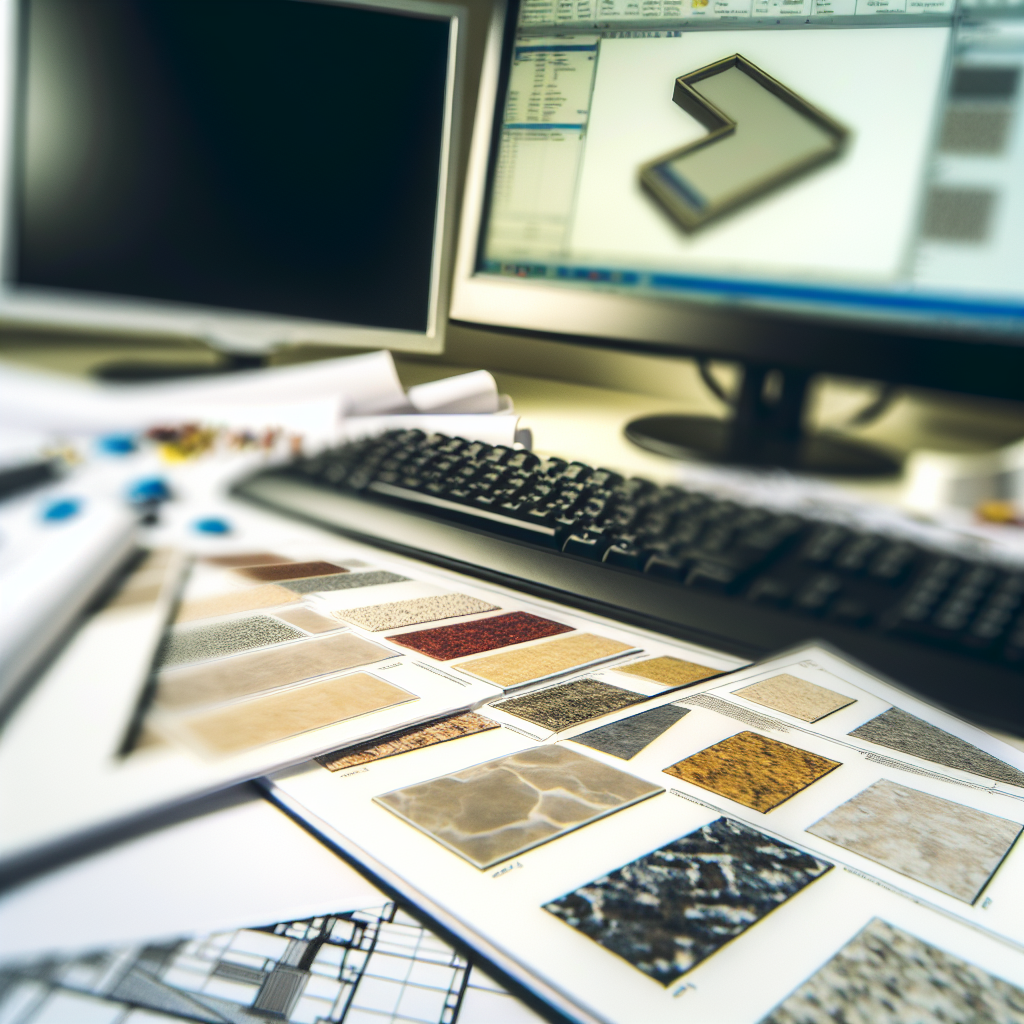Batch creating floor finishes in Revit is an essential process that streamlines documentation, saves time, and ensures consistency across projects. By automating the assignment of floor finish materials, architects and engineers can enhance productivity and accuracy. This article explores effective techniques for batch processing floor finishes in Revit to optimize your workflow.
Leveraging Revit’s Family and Type Catalogs for Batch Floor Finish Creation
One of the most efficient ways to batch create and assign floor finishes is by utilizing Revit’s family and type catalog features. This approach allows users to develop a comprehensive set of finish options that can be easily applied across multiple floors or even entire projects. To do this effectively:
- Create or import floor finish families: Develop parametric families that include all necessary parameters such as material, pattern, and color.
- Organize family types: Establish multiple types within each family to represent different finishes, enabling quick selection during project modeling.
- Use shared parameters: Incorporate shared parameters to maintain consistency and facilitate bulk updates when finishing details change.
Once these families are prepared, you can employ Revit’s Type Catalogs to load predefined finish options into your project. This setup significantly reduces manual input and enhances accuracy when applying finishes to multiple floors.
Automating Floor Finish Assignments with Revit Tools and Scripting
Beyond families and type catalogs, Revit provides powerful tools and scripting capabilities to automate batch floor finishing:
- Using Filters and Selection Sets: Create selection sets based on specific criteria (e.g., level, material, or floor type) and assign finishes in bulk through batch updates.
- Utilizing Dynamo for Automation: Dynamo, a visual programming tool integrated with Revit, enables users to develop custom scripts that can automatically assign or update floor finishes across multiple elements. For example, a Dynamo script can iterate through all floors on a particular level and assign a specified finish type, drastically reducing manual work.
- Writing Revit API Scripts: For advanced automation, developers can create custom scripts using the Revit API to perform bulk operations that are tailored to complex project requirements.
Implementing these automation techniques not only saves time but also minimizes errors associated with manual data entry, especially in large-scale projects where consistency is crucial.
In Conclusion
Batch creating floor finishes in Revit combines the use of families, type catalogs, and automation tools like Dynamo and API scripting to enhance efficiency and accuracy in project workflows. By mastering these techniques, professionals can significantly reduce repetitive tasks, improve consistency, and streamline project delivery. Embracing these methods ensures a more productive design process and better project outcomes.
